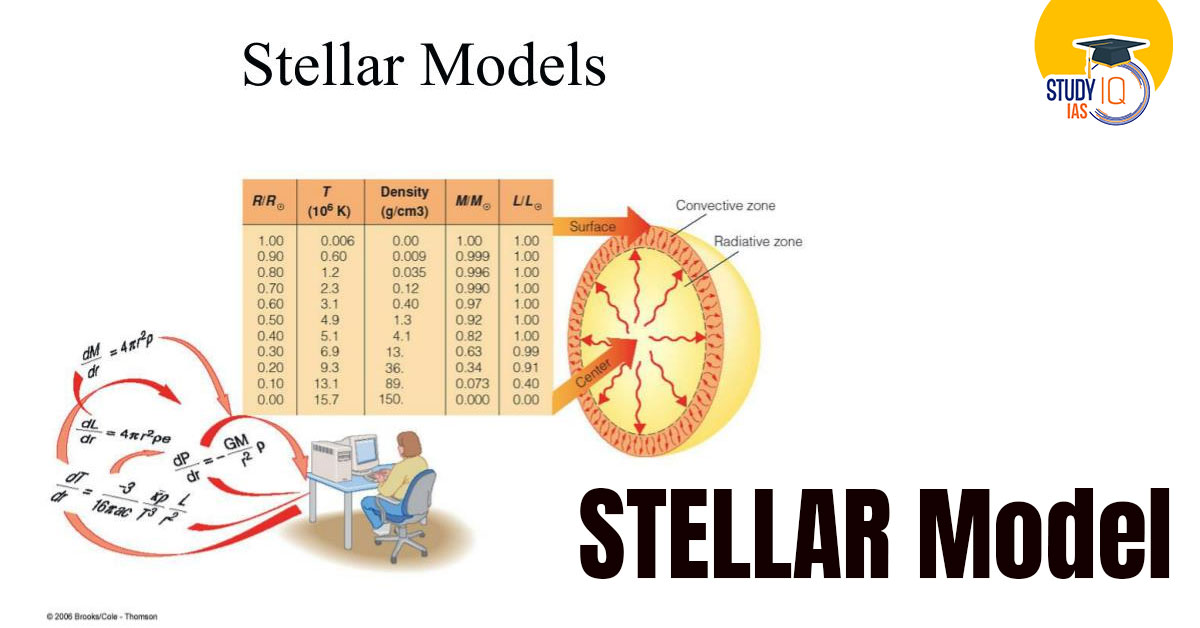Table of Contents
The Central Electricity Authority (CEA) has recently launched a revolutionary model aimed at enhancing efficiency in India’s power transmission sector the STELLAR Model. Standing for “State of the art Totally indigenously developed Resource adequacy model,” STELLAR represents a significant leap forward in ensuring the reliability, sustainability, and adequacy of India’s power systems.
In this article, we will dive deep into what the STELLAR Model is, its objectives, who developed it, and its expected impact on India’s power sector.
What is the STELLAR Model?
The STELLAR Model is a next-generation, indigenously developed resource adequacy model designed to enable integrated planning of:
-
Power generation
-
Power transmission
-
Energy storage
-
Demand response mechanisms
In simple terms, the model helps in predicting, planning, and managing how much electricity will be needed, where it will be needed, and how it can be efficiently supplied without any interruptions.
Who Developed the STELLAR Model?
The STELLAR Model was developed by the Central Electricity Authority (CEA), the apex body for power planning in India, in collaboration with The Lantau Group (TLG), a renowned consulting firm specializing in the energy sector.
The development was supported by the Asian Development Bank (ADB), reflecting strong international cooperation to bolster India’s energy sector resilience and efficiency.
Purpose and Key Objectives of the STELLAR Model
The main aim of the STELLAR Model is to help States, Power Distribution Companies (DISCOMs), and Load Despatch Centers (LDCs) to:
-
Prepare Annual Dynamic Resource Adequacy Plans: Regularly updated plans to meet the projected demand for electricity.
-
Ensure Uninterrupted Power Supply: Identify resource gaps early and mitigate the risk of power shortages.
-
Enhance Planning for Storage and Demand Response: Optimize the use of batteries, pumped hydro, and consumer-side flexibility to manage peak loads and renewable variability.
-
Support Energy Transition: Assist in integrating higher shares of renewable energy like solar and wind into the grid while maintaining grid stability.
Why is Resource Adequacy Important?
Resource adequacy ensures that the power system has enough capacity to meet consumer demand even under stressed conditions (like extreme weather events or unexpected outages). Without adequate planning, the risk of blackouts and service disruptions increases dramatically.
Key Features of the STELLAR Model
-
Fully Indigenized: Developed in India, for India’s unique energy needs and challenges.
-
Comprehensive: Integrates generation, transmission, storage, and demand-side solutions.
-
Dynamic: Allows for annual updates, making it adaptable to rapid changes in demand and supply.
-
User-Friendly: Designed to be accessible even for smaller DISCOMs and state agencies.
-
Free of Cost: The model will be distributed free of charge to all States, DISCOMs, and Load Despatchers, ensuring wide adoption.
Impact of the STELLAR Model on India’s Power Sector
The launch of the STELLAR Model is expected to bring transformative changes to India’s power sector:
-
Enhanced Grid Reliability: More proactive planning will minimize power shortages and blackouts.
-
Increased Renewable Integration: By facilitating dynamic storage and demand response planning, it supports India’s ambitious renewable energy goals.
-
Cost Efficiency: Better planning will reduce reliance on expensive emergency purchases and optimize infrastructure investments.
-
Energy Security: Strengthens India’s ability to meet its growing energy demands securely and sustainably.
-
State-Level Empowerment: States will now have a powerful tool to independently assess and plan their resource needs rather than relying solely on central forecasts.
Conclusion
The STELLAR Model marks a significant milestone in India’s journey toward a resilient, sustainable, and efficient power system. With a sharp focus on indigenous development, dynamic planning, and renewable integration, it equips the nation with the tools needed to manage the complex energy challenges of the future.
By distributing the model free of cost to States, DISCOMs, and Load Despatchers, the Central Electricity Authority is democratizing access to world-class planning tools, paving the way for a more reliable, cost-effective, and green energy future for India.
The STELLAR Model is truly a stellar initiative — one that strengthens India’s commitment to “Power for All” and supports its march towards a greener and more self-reliant future.


 Phenome India Project: Mapping India's H...
Phenome India Project: Mapping India's H...
 UDAN Scheme, Objectives, Funding and Ach...
UDAN Scheme, Objectives, Funding and Ach...
 Indus Water Treaty 1960 Suspended by Ind...
Indus Water Treaty 1960 Suspended by Ind...





















